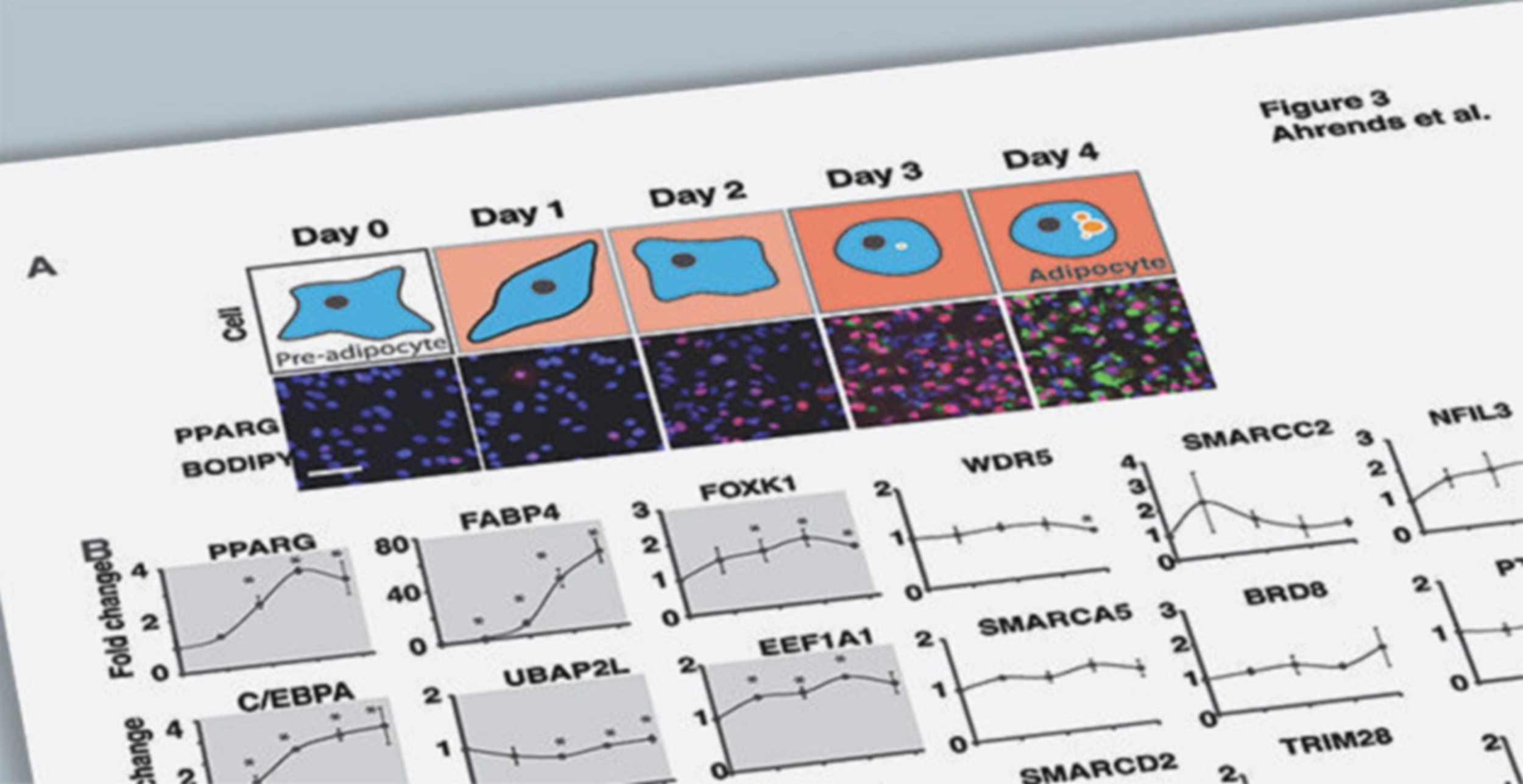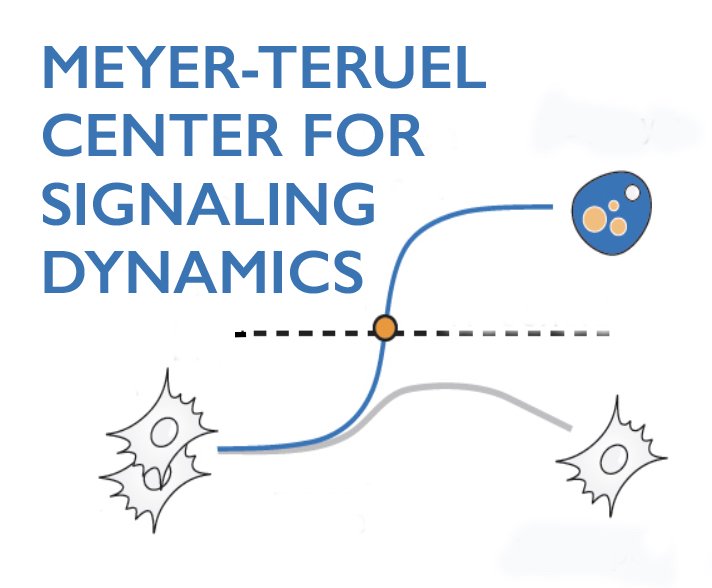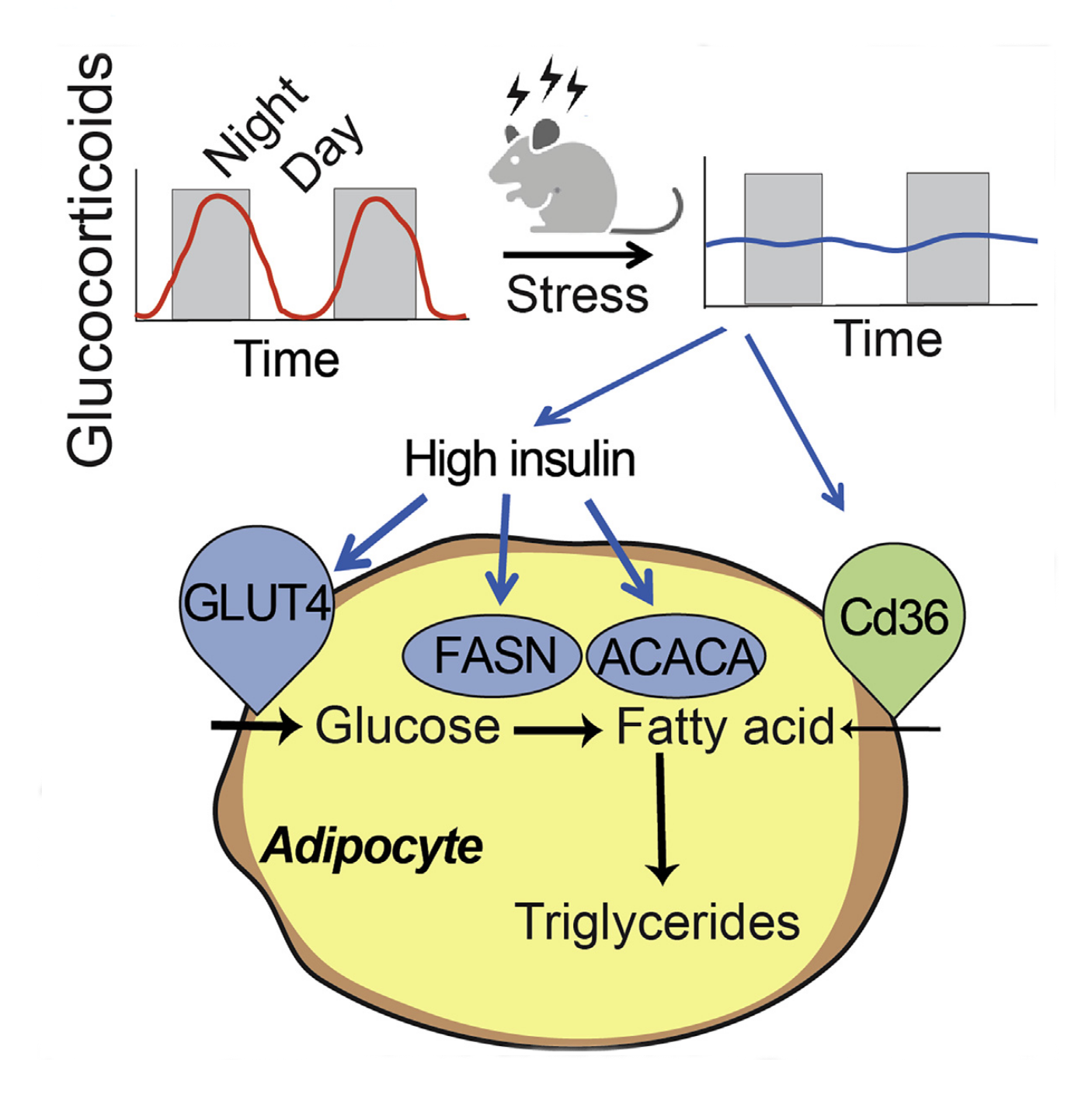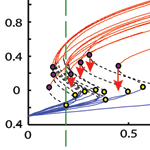
Our Publications
Our goal is to publish impactful and high-quality papers.
Highlighted Publications
CDT1 inhibits CMG helicase in early S phase to separate origin licensing from DNA synthesis. Ratnayeke N, Baris Y, Chung M, Yeeles JTP, Meyer T. Molecular Cell. 2023 Jan 5. [Pubmed link] [News and Views] [WCM News article]
Early enforcement of cell identity by a functional component of the terminally differentiated state. Bahrami-Nejad Z, Zhang ZB, Tholen S, Sharma S, Rabiee A, Zhao ML, Kraemer FB, Teruel MN. PLoS Biology. 2022 Dec. [Pubmed link]
The circadian clock mediates daily bursts of cell differentiation by periodically restricting cell-differentiation commitment. Zhang ZB, Sinha J, Bahrami-Nejad Z, Teruel MN. Proc Natl Acad Sci U S A. 2022 Aug 16. [Pubmed link] [WCM News article] [PNAS Kudos writeup]
CDC7-independent G1/S transition revealed by targeted protein degradation. Suski JM, Ratnayeke N, ….,Meyer T*, Sicinski P*. Nature. 2022 May 4. *co-corresponding authors. [Pubmed link] [WCM News article]
Flattening of circadian glucocorticoid oscillations drives acute hyperinsulinemia and adipocyte hypertrophy. Tholen S, Patel R*, Agas A*, ….., Kraemer FB, Teruel MN. Cell Reports. 2022 Jun 28. *equal contribution. [Pubmed link] [Kudos writeup] [WCM News article]
Membrane-proximal F-actin restricts local membrane protrusions and directs cell migration. Bisaria A, Hayer A, Garbett D, Cohen D, Meyer T. Science. 2020 Jun 12. [Pubmed link]
A transcriptional circuit filters oscillating circadian hormonal inputs to regulate fat cell differentiation. Bahrami-Nejad Z*, Zhao ML*, Hunderdosse D, Tholen S, Tkach KE, van Schie S, Chung M, Teruel MN. (2018). Cell Metabolism Apr 3. *equal contribution. [Pubmed link] [Stanford News article]
Highlighted in Nature, NIH Research Matters, ScienceNews, F1000-the Faculty of 1000, the Times (London), ABC News, CBS News, the Los Angeles Times, Reuters.
Awarded the inaugural Diabetes Knowledge Advancement (DKA) Award by the Stanford Diabetes Research Center, given to the most impactful, original diabetes-related research publication from Stanford (2017-2018).
EMI1 switches from being a substrate to an inhibitor of APC/C(CDH1) to start the cell cycle. Cappell SD, Mark KG, Garbett D, Pack LR, Rape M, Meyer T. Nature. 2018 Jun. [Pubmed link]
Controlling low rates of cell differentiation through noise and ultra-high feedback. Ahrends R, Ota A, Kovary KM, Kudo T, Park BO, Teruel MN. (2014). Science. Jun 20. Awarded an Editors’ Choice rating by the Science magazine signaling editors. [Pubmed link]









